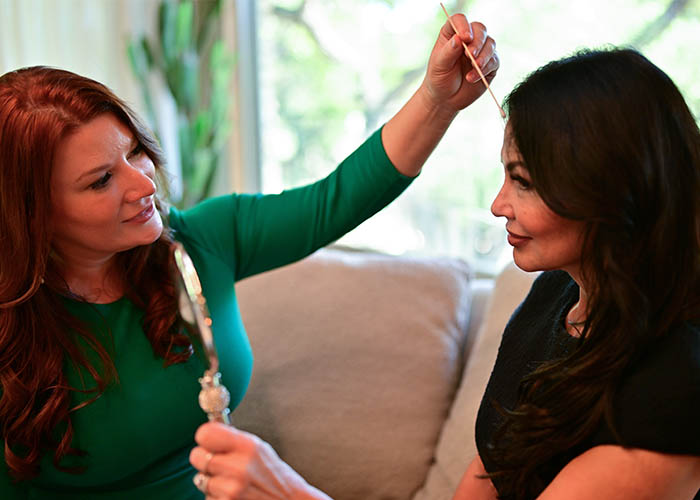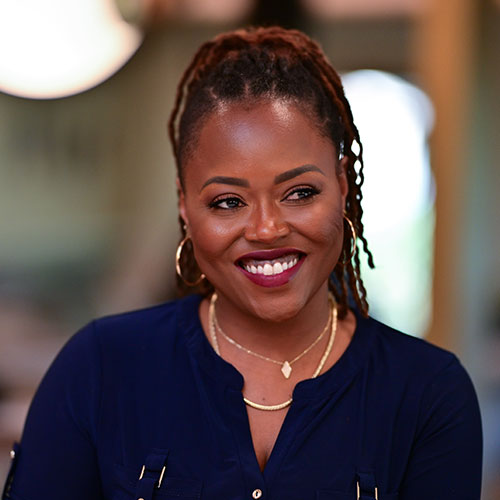Otoplasty
Ears

Embrace a More Balanced Appearance With Otoplasty
Improve the Shape & Positioning of Your Ears

Ear surgery (otoplasty) is a surgical procedure designed to alter the shape and appearance of the ears. This elective cosmetic surgery is commonly sought for various reasons, including correcting prominent ears that stick out excessively, reshaping pointed ear tips, addressing scarring, or reconstructing ears in congenital deformities like microtia. This procedure can significantly enhance the aesthetics of the ears, ultimately boosting the patient’s self-esteem.
Ear Surgery (Otoplasty) Corrects:
- Prominent ears
- Pointed or misshapen ear tips
- Scarring on the ears
- Congenital deformities like microtia
Dr. Saxon’s
Otoplasty Approach

The Recovery Process
After surgery with Dr. Saxon, you can expect some tenderness. You must wear a soft bandage around your ears for approximately a week to protect them from inadvertent bumps. Additionally, Dr. Saxon may recommend a headband or compression device to help maintain the newly sculpted ear shape during the initial healing weeks.
During the early stages of recovery, you should plan for some downtime and avoid strenuous activities that could strain your ears. While side effects like tenderness and mild discomfort are common, these typically subside gradually. Non-dissolvable stitches are removed after about a week, and you’ll need to continue wearing the headband for a few weeks, as instructed.
Following Dr. Saxon's instructions will help you recover comfortably :
- Follow the provided instructions for caring for the soft bandage placed around your ears.
- Ensure you take any antibiotics or pain medications as prescribed by your surgeon.
- Refrain from vigorous physical activities that may put a strain on your ears.
- Be cautious not to bump or knock your ears, as they may be more sensitive during recovery.
- Attend all follow-up appointments with Dr. Saxon to monitor your progress.
- Watch for signs of infection, such as redness, swelling, or discharge.
- Maintain good hygiene by gently cleaning around the ears as directed by your surgeon.
- Be patient and follow your surgeon's guidance for the best outcome.



